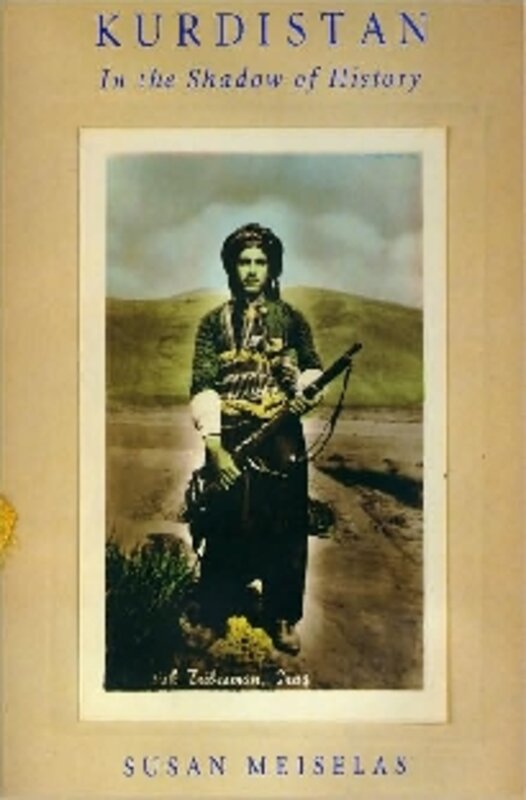Kurdistan: In the Shadow of History
Loading...
Kurdistan: In the Shadow of History (University of Chicago Press, 472 pp., $49) is an extraordinary visual history of an oppressed people.
Award-winning documentary photographer Susan Meiselas spent years collecting photographs and information relating to the Kurdish people and the history of their homeland, Kurdistan (which includes includes parts of Iran, Iraq, Turkey, Syria, and Armenia.)
In this book, family photos fight for space among military documents, postcards, maps, and other pieces of oral history. Meiselas wanted her project to “address the partiality of knowledge rather than suggest the objective truth.”
Dutch anthropologist Martin van Bruinessen contributes historical context in his chapter introductions, but there is no master narrative to tie the collection together.
Memoirs from Kurds and Westerners alike are grouped together and the juxtaposition of viewpoints can be quite poignant. In the case of documents and photos pertaining to a 1924 British bombing of the Kurdish city of Sulaimaniyah, a yellowed British military document that orders “intensive bombing of Sulaimaniyah” for two days sits below a photo of a beer-drinking contest among a bomber squadron in Mosul.
There’s also a transcript of a British air commander describing his loyalty to his commander: “If the Kurds hadn’t learned by our example to behave themselves in a civilized way, then we had to spank their bottoms … and you may take it from me that they were shooting back.”
There’s an aerial photo of the blasts and a summary of British records describing “the improvement in bombing” over the previous year.
Then there’s a firsthand account of the bombings by Shaikh Fatulla Shaikh Rashid, a resident of Sulaimania. He stood by a dying woman holding her injured baby. His back was broken, pinned under a piece of fallen wall. The attack burned every shop in the market. Another photo depicts two fallen villagers among the rubble.
The book inspired a collaborative web project between Meiselas and others, called akaKURDISTAN.
The site invites contributions from the Kurdish community, archivists, and historians. Meiselas’s goal was to give Kurds access to their past. Visitors to the site can browse through anecdotes on a timeline or a map.
A contribution from an American paratrooper shows a panoramic display of photos from his 1991 deployment in northern Iraq.
“We too lost comrades and I cannot understand why,” he writes, “We abandoned you because soldiers are not politicians.... To the valiant Kurdish freedom fighters, I apologize for leaving you and a job unfinished….”
This book was originally published in 1997. The 2008 reissue, does not include materials gathered since the first publishing of the book, although Bruinessen brings the narrative up to date in a new postscript.
This project is the only living archive for collective Kurdish memory.
Both Kurds and those unfamiliar with their region are invited to explore these “raw materials from which history is constructed”: the history of Kurdistan.
Sarah Beth Glicksteen is a photo intern at the Monitor.





